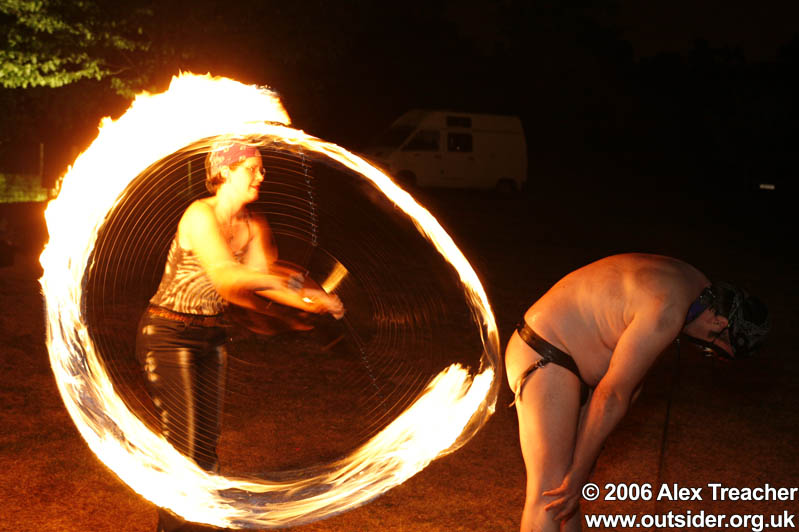Explaining safewords in BDSM

Safewords are something used in BDSM because we may want to say ‘Ouch’ or ‘no’ and not have the other person stop what they are doing. When you are starting out in your first few BDSM scenes, if you just want to stop as soon as the other person says they want you to then you don’t need to use a safeword. But as things get deeper and more interesting a lot of people find having a safeword that means ‘no, stop’ enables them to have a lot more fun with play where you might be aiming to cause some pain or protesting.
Traffic light system, or which words to choose?
A safeword should be easy to remember and to say in the heat of the moment, and not be a word you would usually use in your play scenes. A lot of people use the traffic light system as this gives a two-step approach as well. Green means everything is great, carry on. Amber means I’m struggling with something, please check in with me to sort it out. Red means stop, the play has got too much. Amber can be something as simple as the position you are tied up in is giving you pins and needles, and you want the Dominant to know it’s not just you bratting and wanting to be untied, there is actually an issue to be addressed. Red, or any other safeword always means stop all the play, break the scene, take all bondage gear off, and have a cuddle or chat as appropriate.
What if I can't use my mouth?
It’s the responsibility of the Dominant to always give the submissive a way to safeword to stop a scene if needed. If you are going to gag or hood the submissive, give them an alternative way to safeword, e.g. shaking the head, holding an item to drop, etc.
Checking in
Just because a submissive has a safeword doesn’t mean as the Dominant that you aren’t allowed to check in with them to see how they are during the scene, or that you can just rely on the submissive to tell you if the play gets too much. The Dominant is responsible for the submissive during the scene, and should be watching body language for visual clues on how the submissive is finding the play. The Dominant also needs to use their judgement whether the submissive has had enough, e.g. if the submissive asks to carry on but is uncontrollably shaking, or asks to be caned harder but is already bruised and bleeding. It is not enough to simply say afterwards the submissive didn’t safeword so it wasn’t your fault.
If the Dominant wants to check in with the submisive during the scene to find out how they are finding it, this is also perfectly acceptable. This is why some people like the traffic light system so much as the submisive can respond with green to carry on exactly as it is, amber if they feel close to a limit or would like a small change, or it reminds them they can call red if it’s got too much but their brain was so lost in the moment they forgot they had a safeword. There are other ways to find out how someone is doing, such as during a caning scene, ask the submissive to choose a number of hits between 1 and 10. If they choose 1 you know they are close to having enough, at least of the cane, if they choose 10 you know they feel they can take a lot more. Checking in doesn’t need to be just asking how someone is and breaking the mood of the dynamic.
But won't the Dominant be dissapointed in me if I safeword?
A good Dominant will be proud of you if you safeword. Being a Dominant is a lot of hard work and pressure and responsibility. If they can trust you to safeword if it gets too much, they can relax and have a lot more fun because you are sharing some of that responsibility. Safewording doesn’t mean you can’t play again at some point, after you’ve discussed what happened and how to stop it being a problem next time. Sometimes you can even safeword, have an hour to relax and chat about things, and then return to more play. There is never any shame in needing to safeword. And a Dominant should ALWAYS listen and respect you for it.
